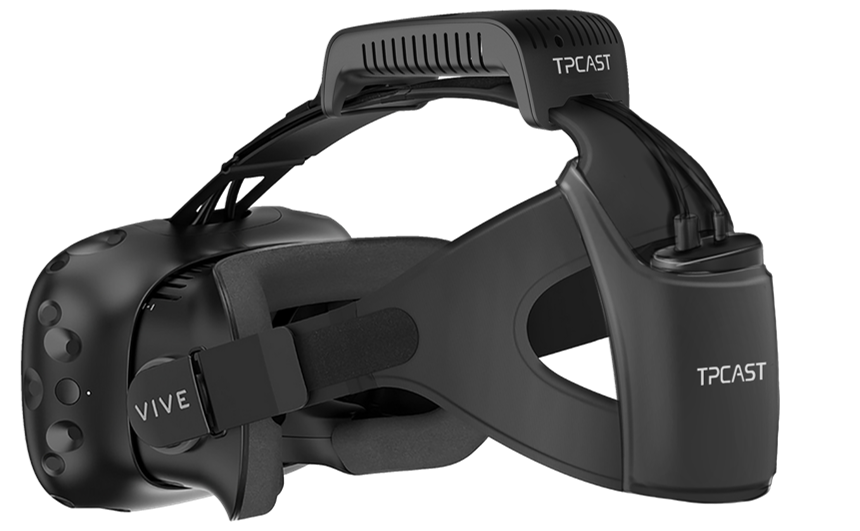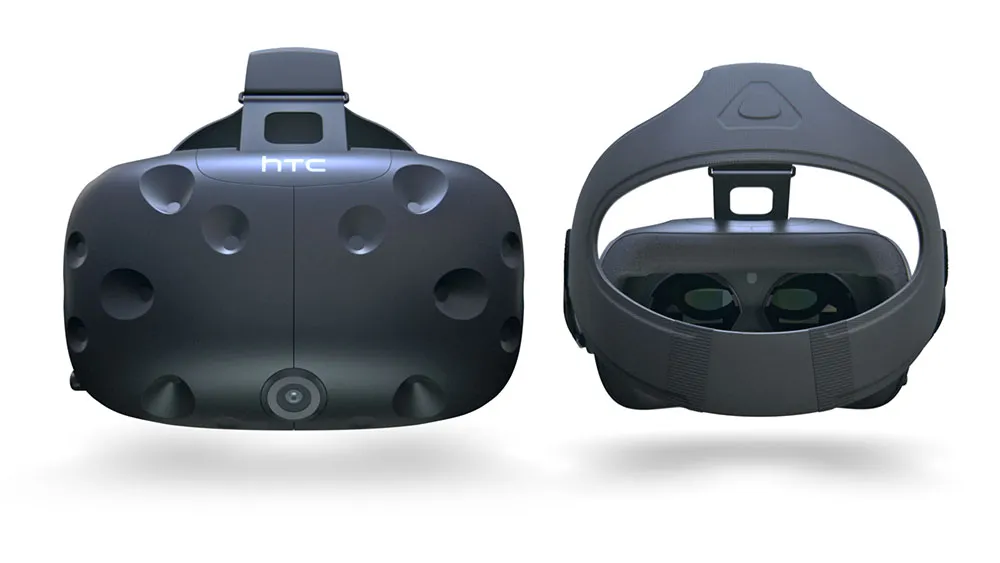CES has now officially come to an end and it was relatively light on virtual reality news when compared to the previous few years. However, HTC — the creators of the Vive high-end, PC powered VR headset — were on hand for a press conference that teased and revealed an intriguing road map of new hardware strategies for 2017. Among these revelations was the Vive Tracker and Deluxe Audio Strap, but another announcement flew somewhat under the radar. According to one of HTC’s top Vive executives at CES, Daniel O’Brien, Intel has been working with the Taiwanese company to develop a wireless solution for the Vive.
Wireless Vives were something of a theme at this year’s CES. Three companies: KwikVR, Rivvr, and TPCAST, were all on-hand in Las Vegas to showcase clip-on boxes that eliminate the Vive’s many chords (with varying degrees of success). O’Brien’s announcement from the HTC press conference, however, may point to something larger than a simple accessory.

In his remarks, O’Brien stated that HTC and Intel are collaborating on a “WiGig wireless solution for the HTC Vive.” WiGig is the term for a new, ultra-high speed, wireless Internet connection that is significant to wireless VR for a few reasons. The first is latency. Every millisecond an image takes to properly render in your Vive increases the latency of the image. You don’t want to move your head in a VR world and wait for the world to catch up — it could significantly contribute to cases of motion sickness. The standard WiFi wireless options we’ve seen are, for the most part, expected to be far too latent to be useful, but a WiGig solution could put that to rest theoretically.
The second problem that WiGig could help solve for wireless VR is compression. In order for the complex images of a given VR experience to be properly streamed from your PC to your headset the image needs to be compressed to some extent. Compression reduces the already low resolution of existing VR displays which is far from ideal for an evolutionary new technology.
We had the chance to speak with a representative from Intel on the show floor at CES who chose to remain anonymous. This source was able to confirm that the partnership exists and pointed to Intel’s past collaborations with HTC as an indication of where the project may lead. When asked if the final product would be an add-on accessory or an integrated solution the source replied by saying that:
“We’re working with them. That’s really all I can say at this time but stay tuned for further updates.”
Even though the VR news at CES wasn’t as plentiful as past years, there were still some big nuggets sprinkled throughout to chew on. The advent and potential of wireless VR is certainly chief among them.


























